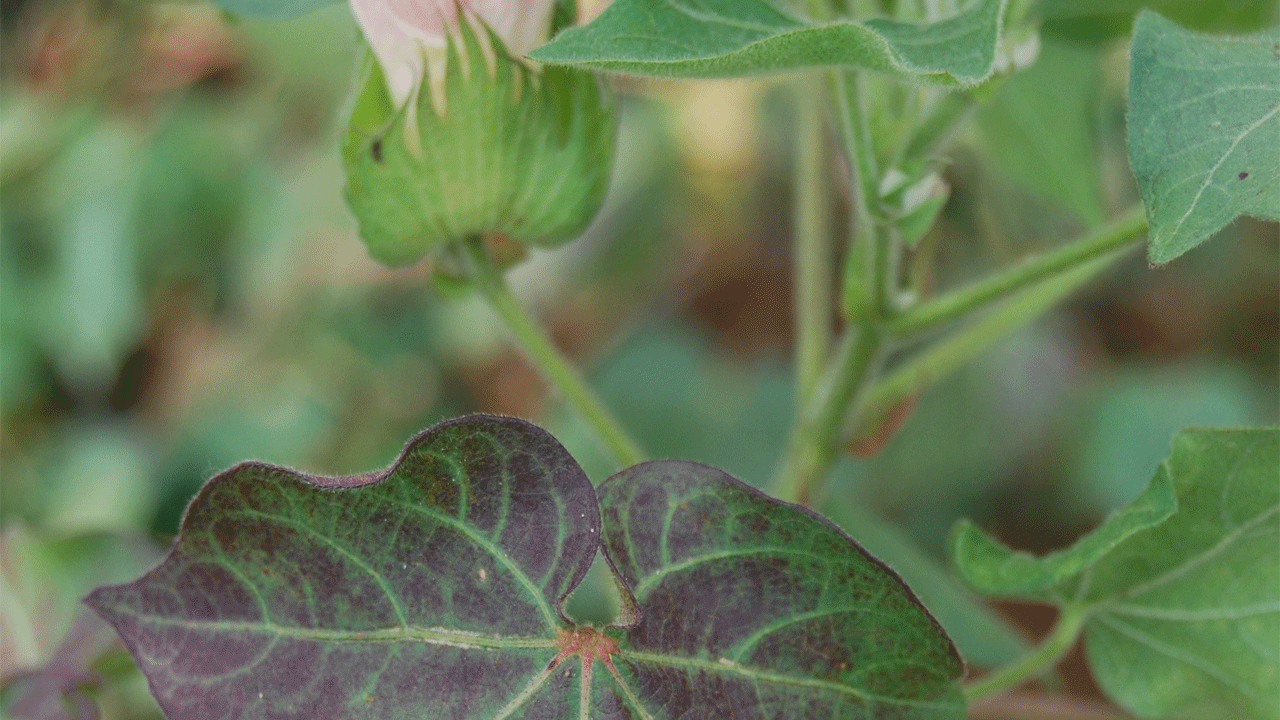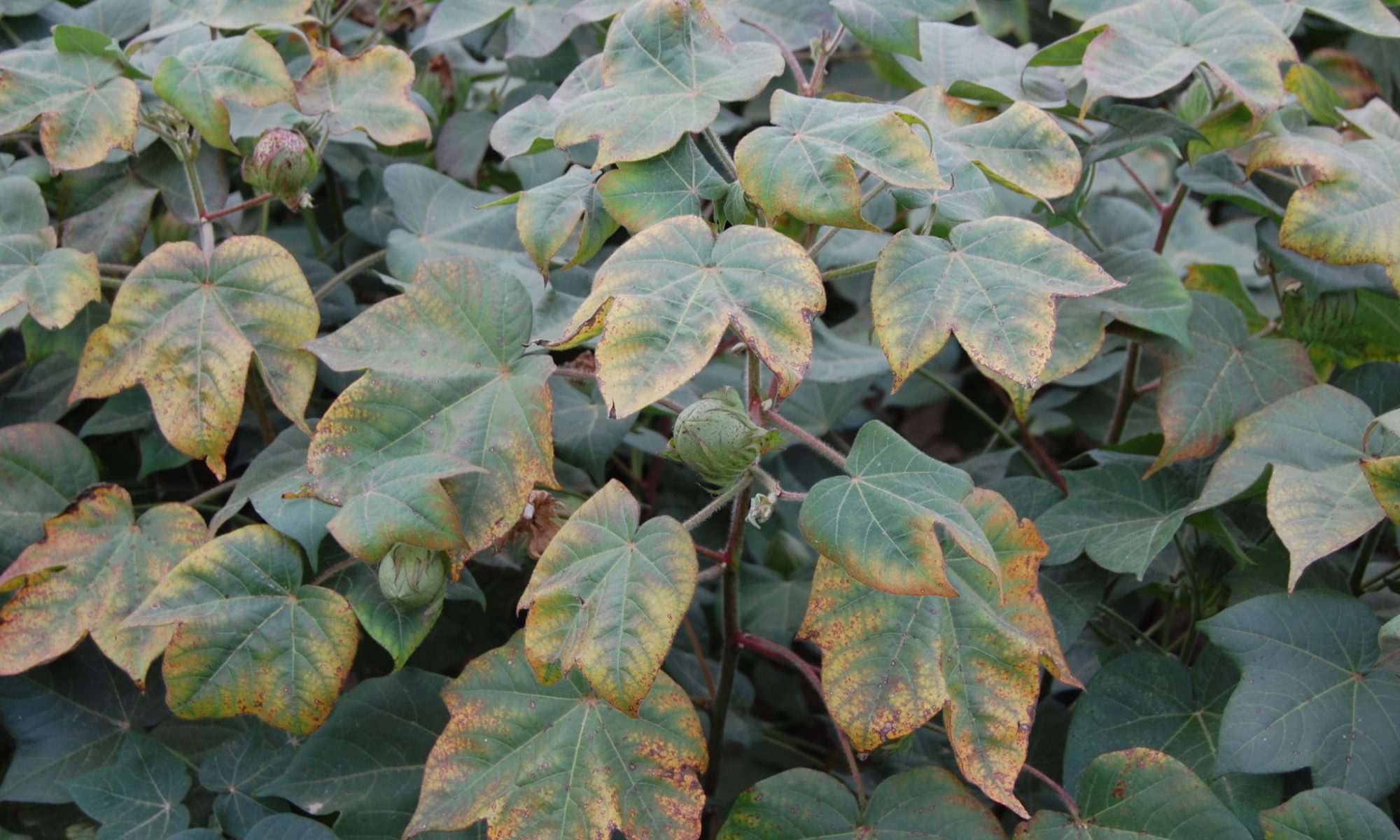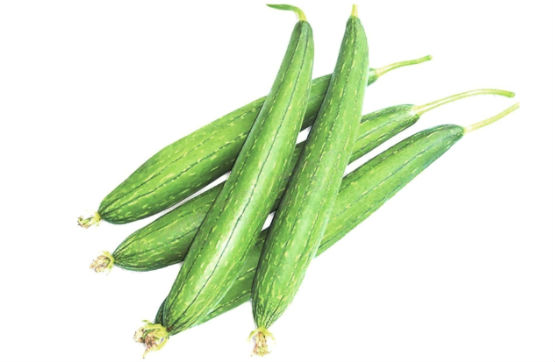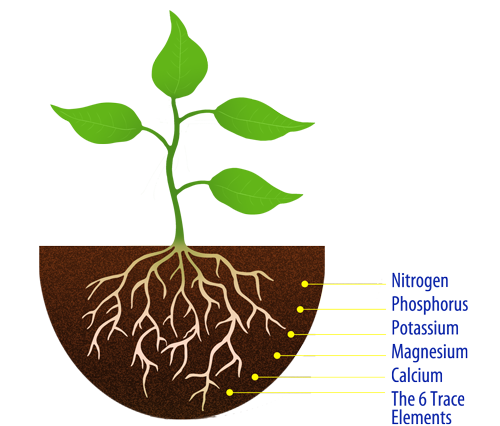Nutrient Management in Wheat:- Nutrients play an important role in the wheat production. Well rotted farmyard manure (FYM) or compost should be applied at the rate of 15 to 20 tons/ha. after every two years. The FYM and compost will keep the soil physical properties in good condition-
- Apply well rotten FYM compost 15-20 ton per hac.in every 2 year interval.
- Use 88 kg Urea, 160 Kg SSP and 40 kg MOP per Acre.
- Apply urea in below three doses.
- 44 kg quantity during seed sowing.
- 22 kg during the first irrigation.
- Remain 22 kg dose during second irrigation.
- If the full quantity of phosphorus is added in Kharif season, then add half the amount of phosphorus in Rabi.
- When you have minimum or two irrigation may be used 175:250:35-40 Kg/hac. quantity of Urea, SSP and MOP.
- Use full quantity of NPK at a time of basal dose on unirregated condition.
- If wheat sowing are done in mid-December, then 25% of the nitrogen should be reduced.
Like and share with other farmers by clicking on button below
Share





